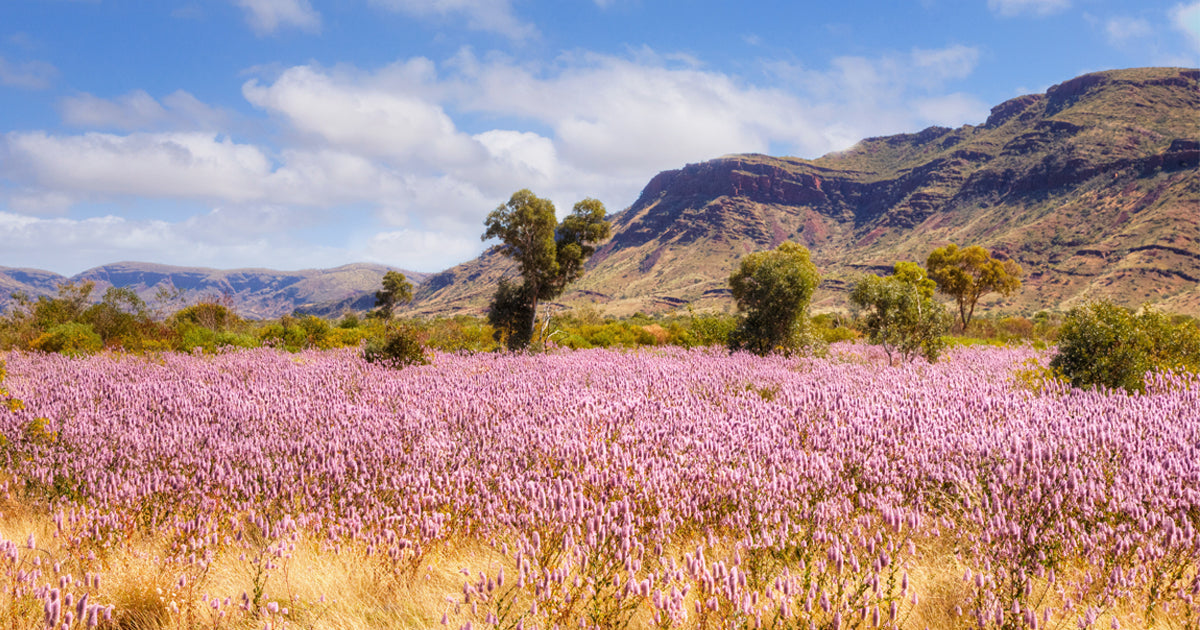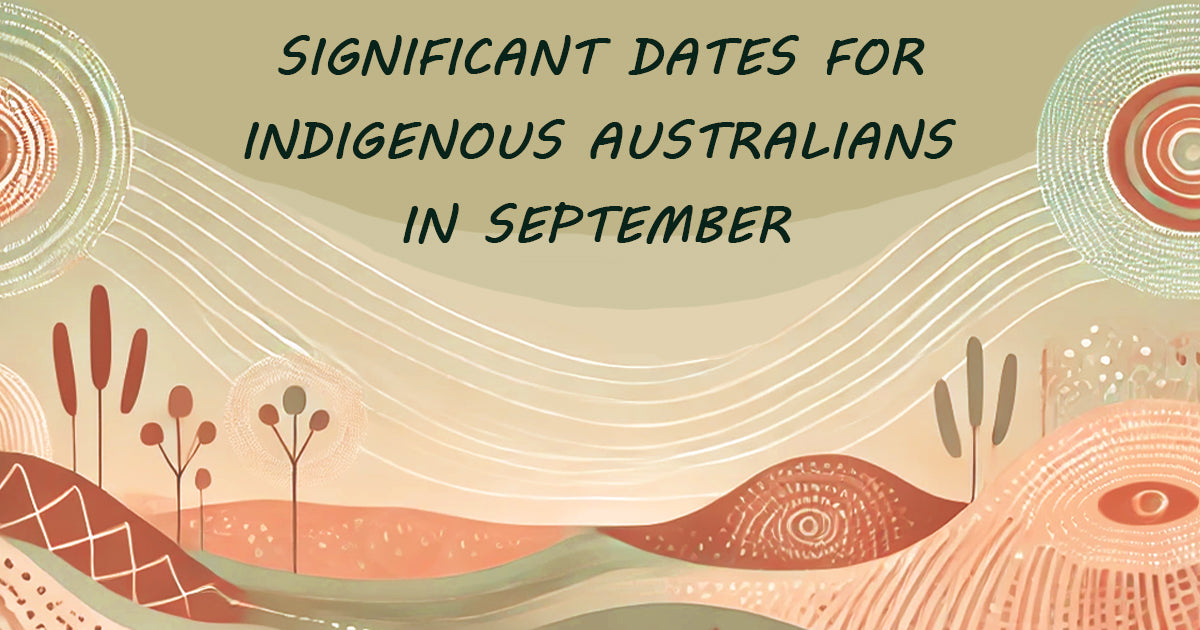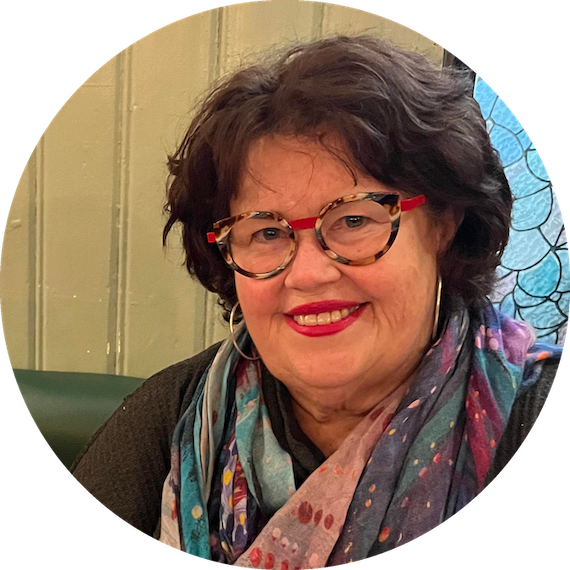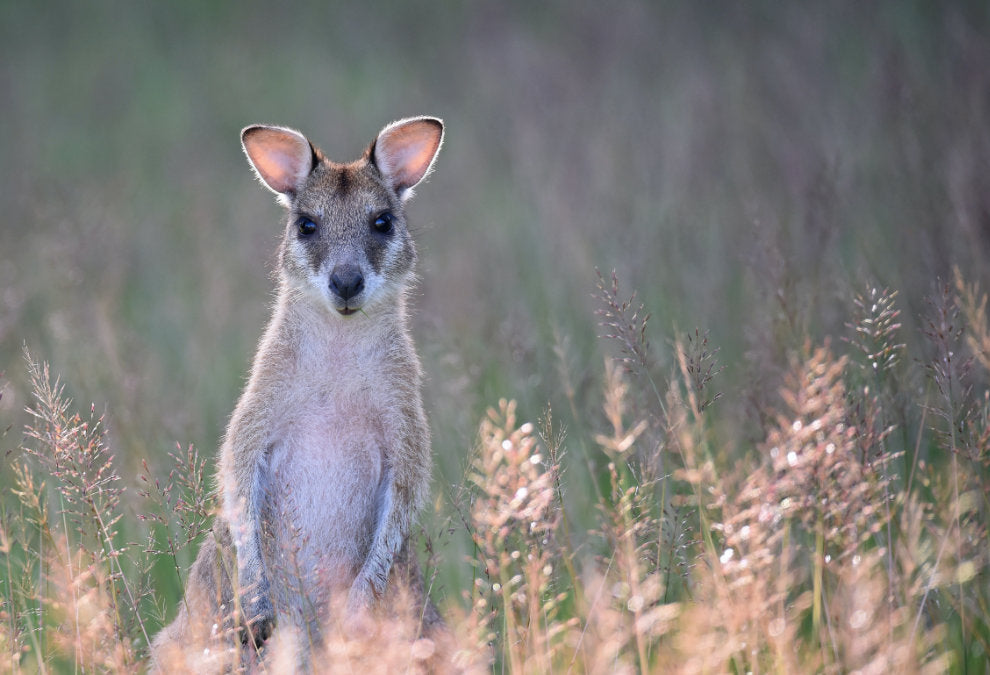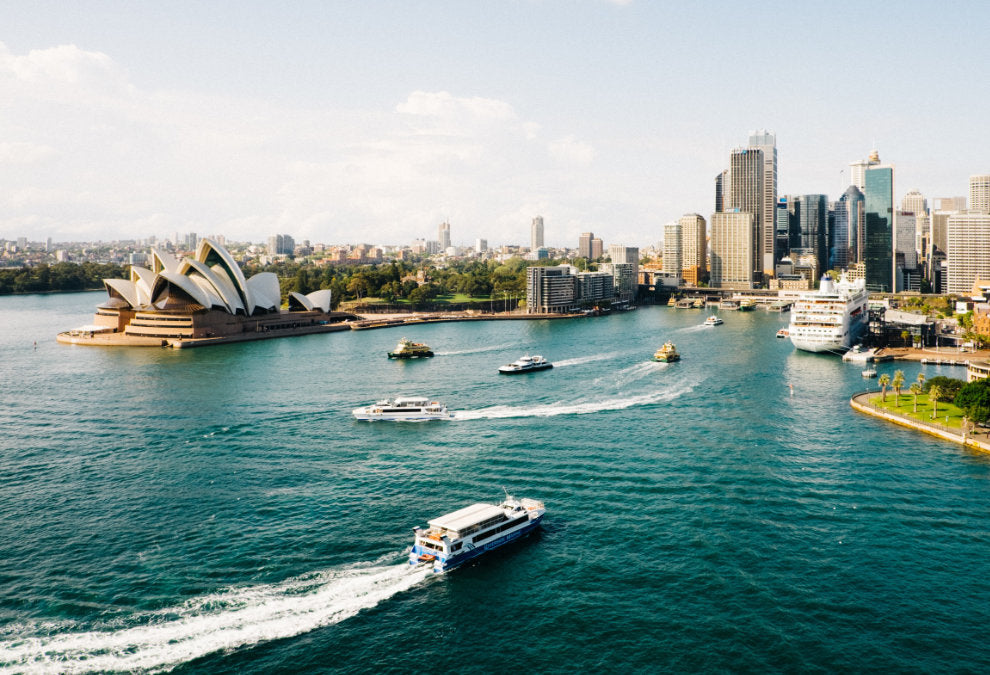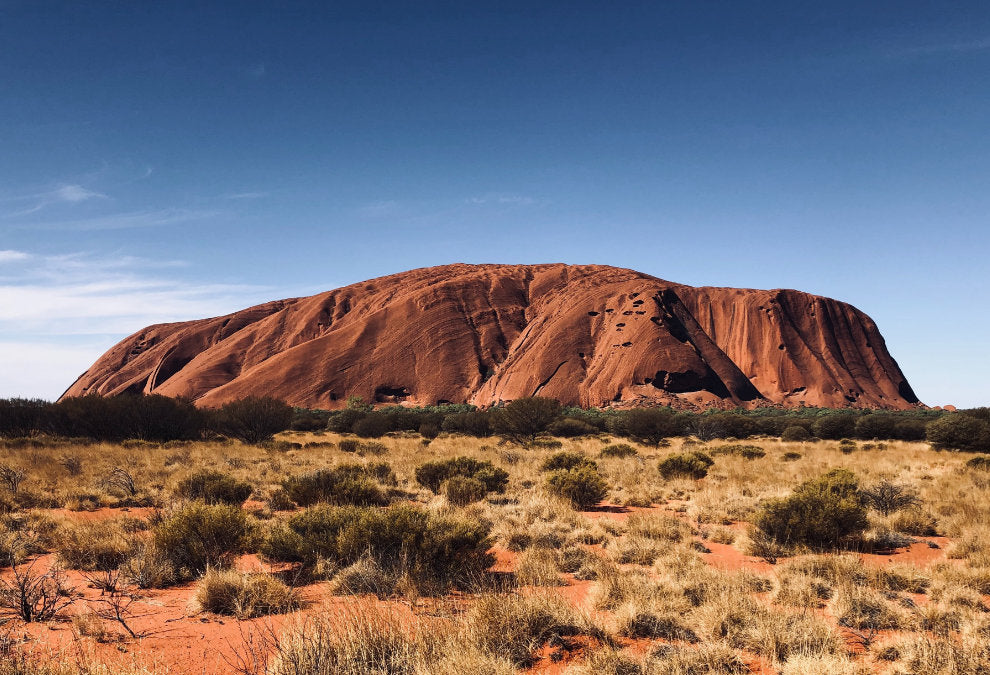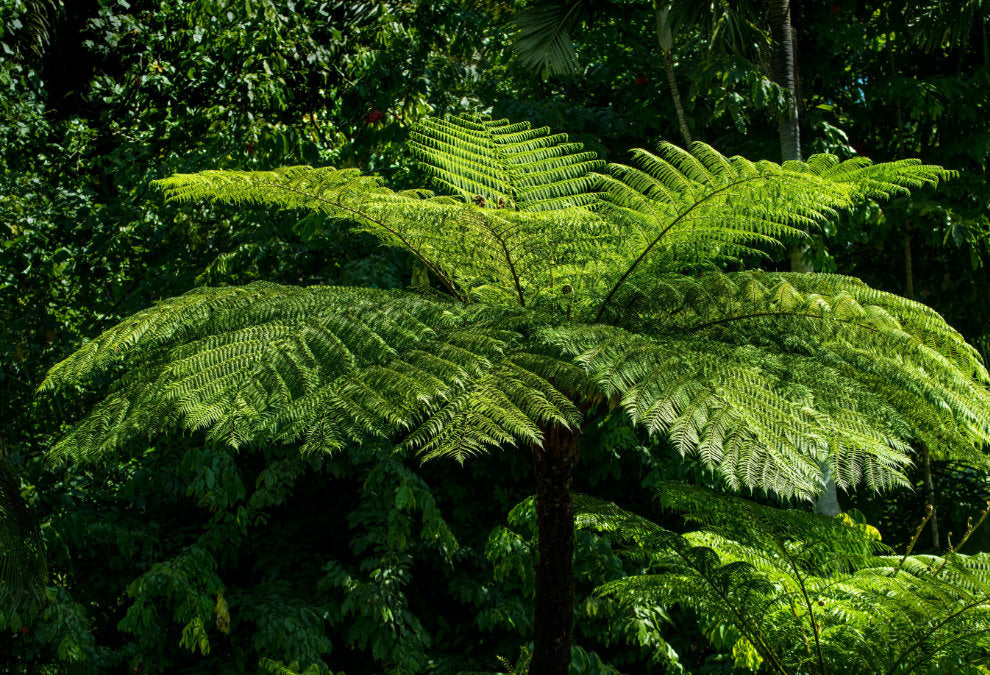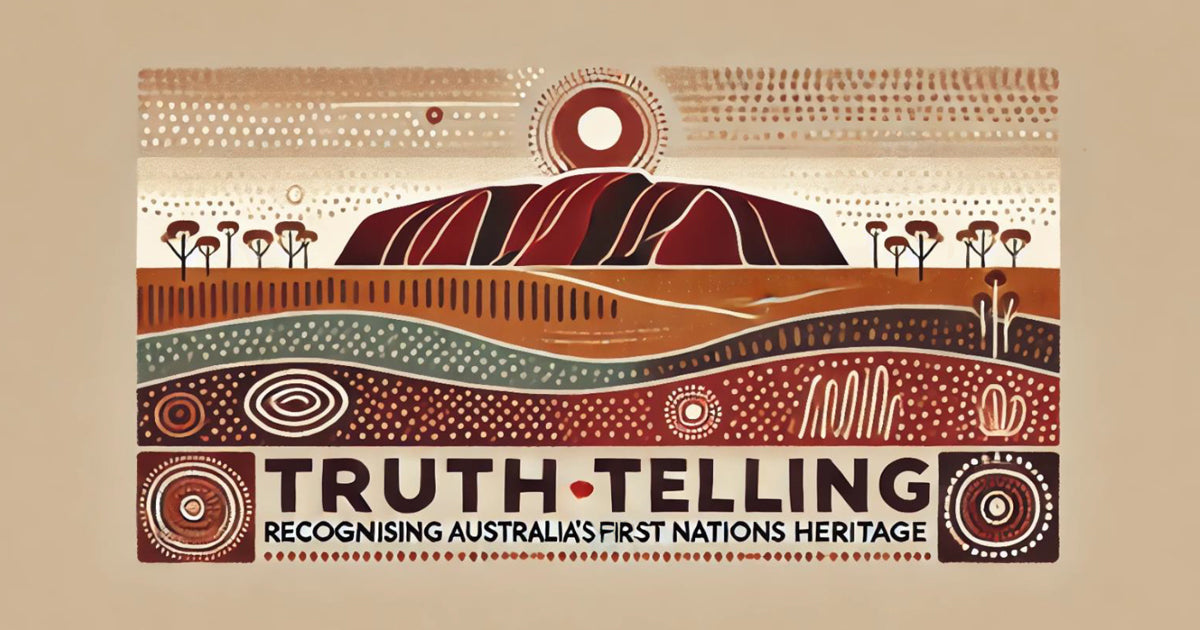
Carnarvon Gorge: Home of the Rivers
Tucked deep within the sandstone wilderness of Central Queensland’s highlands lies one of Australia's most powerful and sacred landscapes: Carnarvon Gorge.
Known to Traditional Owners as the "Home of the Rivers", this extraordinary landscape is the source of five major rivers that rise at the northernmost reaches of the Murray–Darling Basin and flow thousands of kilometres southward to the Southern Ocean.
Beyond its breathtaking natural beauty, Carnarvon Gorge holds profound spiritual and cultural importance for multiple First Nations groups. It is a place of ceremony, creation and cultural memory - a living archive of stories carved into stone and held in the water that flows from its springs.

The waterfall from the spring in the Moss Garden, Carnarvon Gorge
A Sacred Place of Power and Ceremony
For the Bidjara, Karingbal and Kara Kara peoples of Central Queensland, along with three other First Nations with ties to the region, Carnarvon Gorge has long been recognised as a place of immense spiritual power. According to oral traditions, the Gorge’s energy was so potent that local communities chose not to live there permanently, visiting only for ceremonies, cultural exchange and trade.
Here, the land itself is a teacher. Elders describe the Gorge as a place of learning and deep spirituality, where the Dreaming speaks through stone, water and earth.
The story of Mundagurra, the Rainbow Serpent, tells how this sacred being carved Carnarvon Gorge as it travelled through the landscape, rising from the water, shaping sandstone cliffs and leaving behind a path of flowing rivers and deep gorges.
A Canvas of Ancient Art and Identity
Carnarvon Gorge is one of the richest Aboriginal rock art sites in Australia. The Art Gallery and Cathedral Cave feature more than 2,000 individual stencils, engravings and paintings, some dated to over 4,000 years ago.
These ochre stencils of tools, weapons, boomerangs, hands, ceremonial objects and spirit figures are far more than artistic expression, they are visual records of ceremony, community and connection to Country.
The cultural importance of these sites has long been recognised by Traditional Owners and archaeologists alike. In fact, due to past incidents of vandalism, Carnarvon Gorge was one of the first places where Aboriginal art galleries were intentionally hidden from public maps and brochures to protect them. This deliberate concealment only deepened the Gorge’s air of mystery and sacredness.

Aboriginal stencil rock art of hands, nets and stone axes at Cathedral Cave, Carnarvon Gorge
The Home of Rivers and Life
At the heart of Carnarvon Gorge lies the Consuelo Tableland, often referred to as the “Roof of Queensland.” This elevated landscape gives rise to five river systems, including the Maranoa River (baru), a river deeply significant to the Gunggari people, whose Country stretches south from the Mount Moffatt section of the park.
The park’s permanent waterholes, cool side-gorges and ancient sandstone cliffs provide refuge to a stunning diversity of life, including 173 species of birds, wallabies, kangaroos, echidnas, ancient cycads and the endemic Carnarvon fan palm (Livistona nitida).
Rainwater seeps through porous sandstone and resurfaces at hidden springs like the Moss Garden, feeding the lush vegetation that thrives in the Gorge’s cool, shaded microclimates.
Carnarvon Gorge is truly an oasis in the semi-arid heart of Queensland, a place where the past and present live side by side.

Ward's Canyon, Carnarvon Gorge, Queensland, Australia
A Window into Deep Time
Just west of Carnarvon Gorge, in the Mount Moffatt section of the national park, lies Kenniff Cave, a place that changed Australian archaeology forever.
In the 1960s, Professor John Mulvaney excavated this site and uncovered fire remains that were carbon dated to 19,500 years ago, pushing back the known timeline of human occupation in Australia by 10,000 years.
Mount Moffatt lies within Gunggari Country, and the river systems that flow from here, the Maranoa and its tributaries, are at the centre of creation stories that still carry meaning for the Gunggari people today. The land, they say, was shaped by Mundagudda, the Rainbow Serpent, during a time of great drought. From this powerful spring, the Gunggari people were born, and to it, they remain forever connected.
Survival, Loss and Revival
While Carnarvon Gorge is celebrated for its environmental and cultural richness, it also bears witness to colonial violence and dispossession.
As Europeans moved into the region in the 1800s, Aboriginal societies were systematically destroyed.
In the Mount Moffatt area, resistance fighters like Beilbah led guerrilla efforts to slow the advance of the European invasion, but brutal massacres, introduced diseases and forced removals took a devastating toll.
By the early 20th century, surviving Aboriginal people were forcibly removed from their ancestral homelands under the guise of “protection” to government-controlled internment camps such as Woorabinda, Cherbourg and Taroom.
These institutions functioned as sites of deliberate cultural destruction, forced labour and traumatic family separations. Despite this, the deep spiritual connection between Traditional Owner groups and the Gorge and surrounding lands has never been broken.
Today, Indigenous Rangers, many of them Bidjara, Gunggari and Ghungalu, are helping to care for this Country, sharing knowledge, managing sacred sites and protecting the fragile ecosystems and cultural treasures of the Gorge.

A Living Cultural Landscape
Carnarvon Gorge is not just a tourist destination. It is a living, breathing cultural landscape, a place of ceremony, teaching, memory and resilience.
For First Nations peoples, the land is not separate from story. Every cliff face, creek bed, palm tree and animal is part of a continuing narrative, one that stretches across tens of thousands of years.
For visitors, walking these ancient paths is a privilege. It is a chance to listen, to learn and to begin to understand a worldview where land is family, water is spirit and Country is alive.
For more information, explore Marking Country: Carnarvon Gorge, an initiative from the ANU Research School of Humanities & the Arts.


